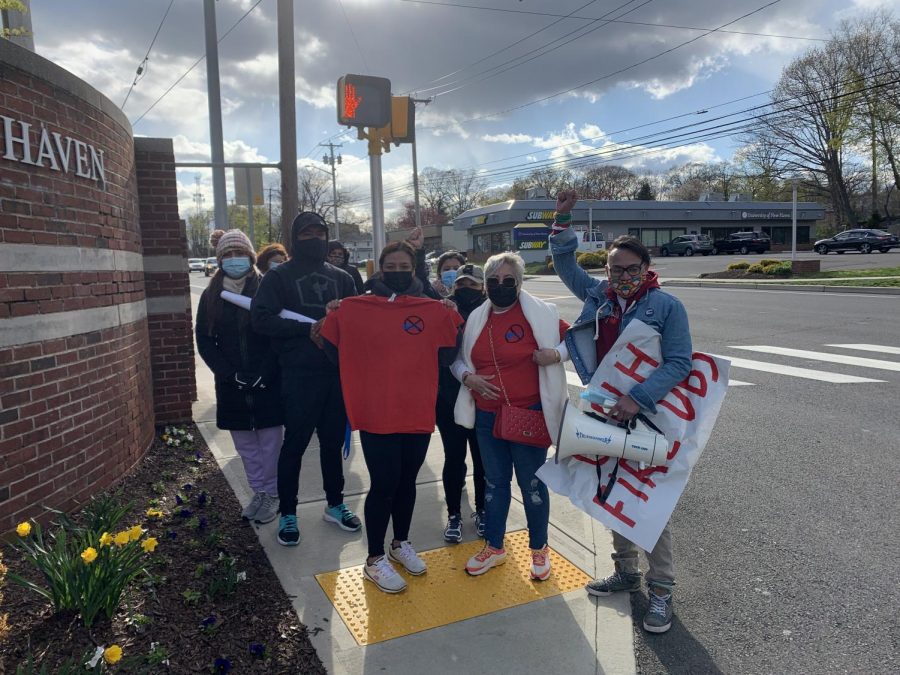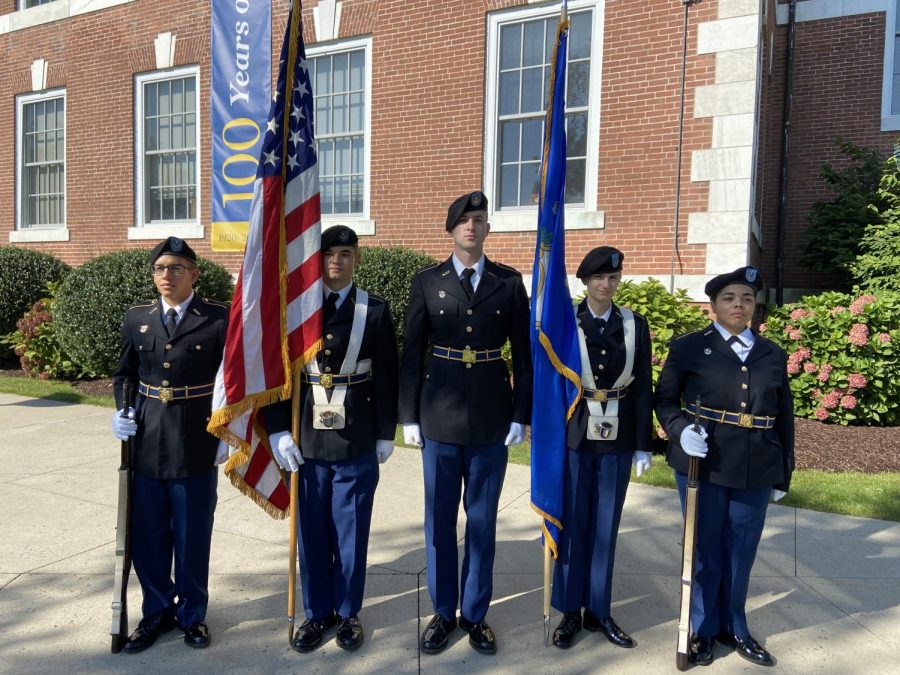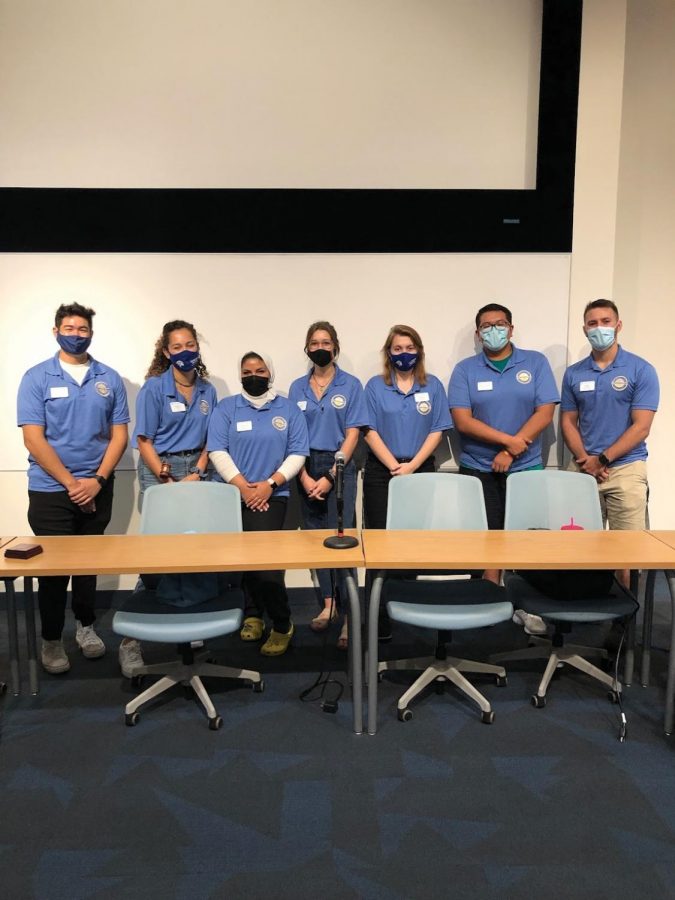On Tuesday, March 5, Dodds Theater was packed as students and faculty piled in to hear Anita Hill’s inspiring presentation. Due to Anita Hill’s testimony in 1991, Congress passed laws that allow sexual harassment victims to seek damage awards, reinstatement and back pay. Today, she is still an important and influential advocate for equality and civil rights. Her talk to celebrate the anniversary of the Institute of Social Justice was even introduced by President Kaplan.

Anita Hill’s words left everyone feeling inspired and important. However, there was one thing that even she could not define. We, as a nation, still cannot seem to agree on what social justice is. We crave it and fight for it, but can’t define it. Instead of a narrow definition, she explained, it is better to recognize what needs to be done about the injustices.
This is not a one-step fix. The path to social justice is a long path made up of everyday steps toward equality.
“How do you know that we aren’t making mistakes when justice is so abstract?” Professor Tamborra asked her. “It’s not linear,” Anita Hill answered honestly. “If you have that goal, you need to recalculate at some point…new actions, new people…As long as you are committed to the goal, it will still be achievable.”
So why is injustice so prevalent and widespread after all this time? Anita Hill explained that people are just used to this by now. We need to recognize the needs of all people, and consider these needs when treating the people in our communities. We need to address all parts of inequality, even the complicated parts. We need to be aware every single day of our actions and how we treat others who are different from us.
Treat others how you would want to be treated. Isn’t this what our mothers have been telling us all along? Sometimes we get so caught up in life that we lose sight of the simplest rules. Anita Hill encouraged everyone to open their eyes.
It seems that there is one big obstacle besides mere time blocking our past efforts from being successful.
“If we have to move to find [social equality], how just and true is it?” Anita Hill pointed out. In the past, social justice has always been built on a model of movement. Women, the poor, slaves, and many other minorities have fled their origin and found justice somewhere else. This only fixes the individual’s problem, not the problem as a whole. Instead of moving towards the vision, why can’t the equality come to us? Let’s change the place we live in right now.
With The Institute for Social Justice, UNH is doing just this. UNH is making an enormous change. This institute is made up of students, faculty, staff, and community partners who are not afraid to challenge the status quo. It makes sure that the goals, needs, and perspectives of all individuals are taken seriously and equally. The Institute for Social Justice at UNH is sure to be a model for other communities around the nation and one huge step for social justice.















